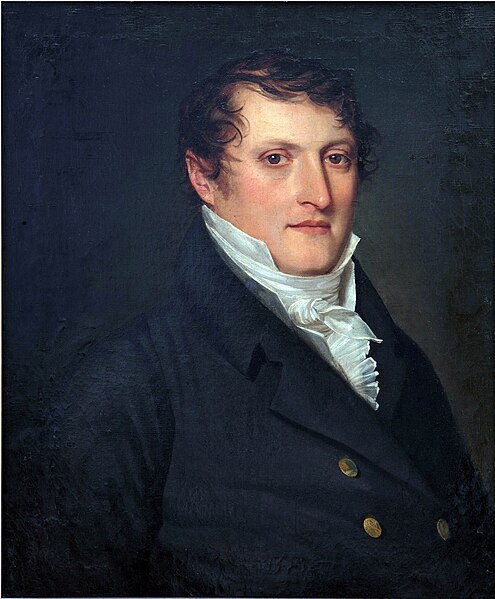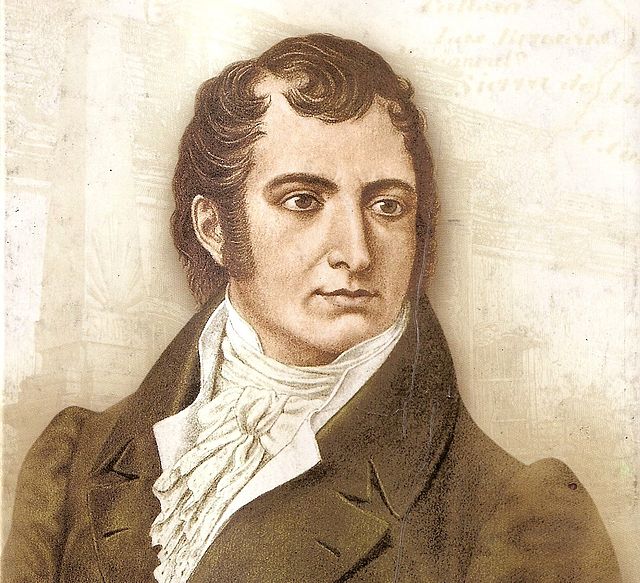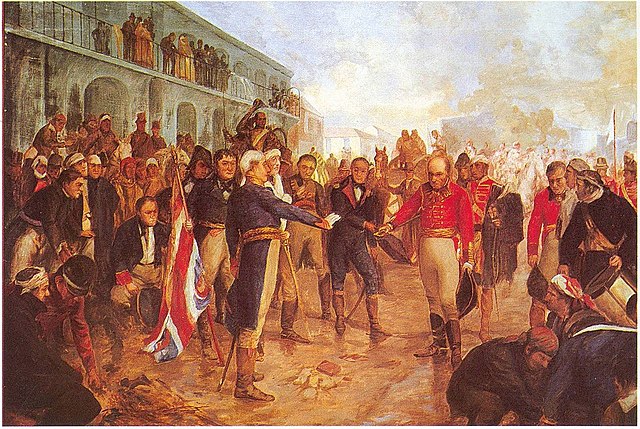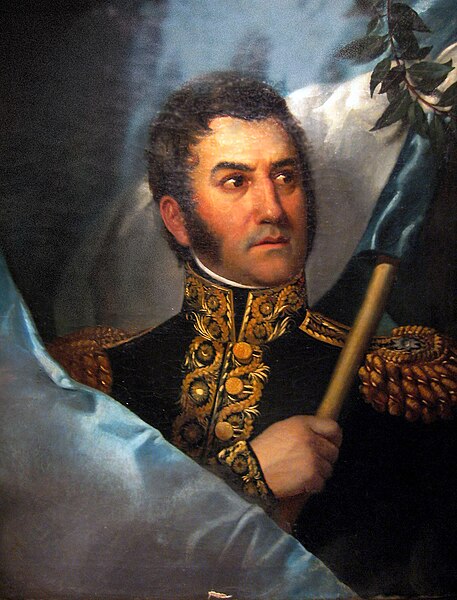Manuel José Joaquín del Corazón de Jesús Belgrano y González, usually referred to as Manuel Belgrano, was an Argentine public servant, economist, lawyer, politician, journalist, and military leader. He took part in the Argentine Wars of Independence and designed what became the flag of Argentina. Argentines regard him as one of the main Founding Fathers of the country.
Portrait of Belgrano attributed to Casimir Carbonnier
Manuel Belgrano as a student at the University of Salamanca
Juan José Castelli shared with his cousin Belgrano the work in the consulate and in journalism.
Belgrano supported the aspirations of Carlota Joaquina de Borbón
Argentina, officially the Argentine Republic, is a country in the southern half of South America. Argentina covers an area of 2,780,400 km2 (1,073,500 sq mi), making it the second-largest country in South America after Brazil, the fourth-largest country in the Americas, and the eighth-largest country in the world. It shares the bulk of the Southern Cone with Chile to the west, and is also bordered by Bolivia and Paraguay to the north, Brazil to the northeast, Uruguay and the South Atlantic Ocean to the east, and the Drake Passage to the south. Argentina is a federal state subdivided into twenty-three provinces, and one autonomous city, which is the federal capital and largest city of the nation, Buenos Aires. The provinces and the capital have their own constitutions, but exist under a federal system. Argentina claims sovereignty over the Falkland Islands, South Georgia and the South Sandwich Islands, the Southern Patagonian Ice Field, and a part of Antarctica.
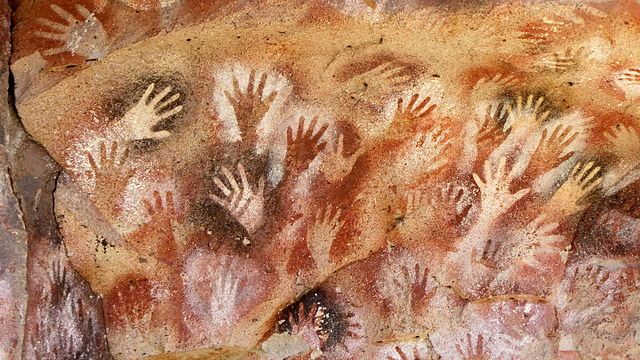
The Cave of the Hands in Santa Cruz province
The surrender of Beresford to Santiago de Liniers during the British invasions of the Río de la Plata
Portrait of General José de San Martin, "the Liberator of Argentina, Chile and Peru"
People gathered in front of the Buenos Aires Cabildo during the May Revolution

